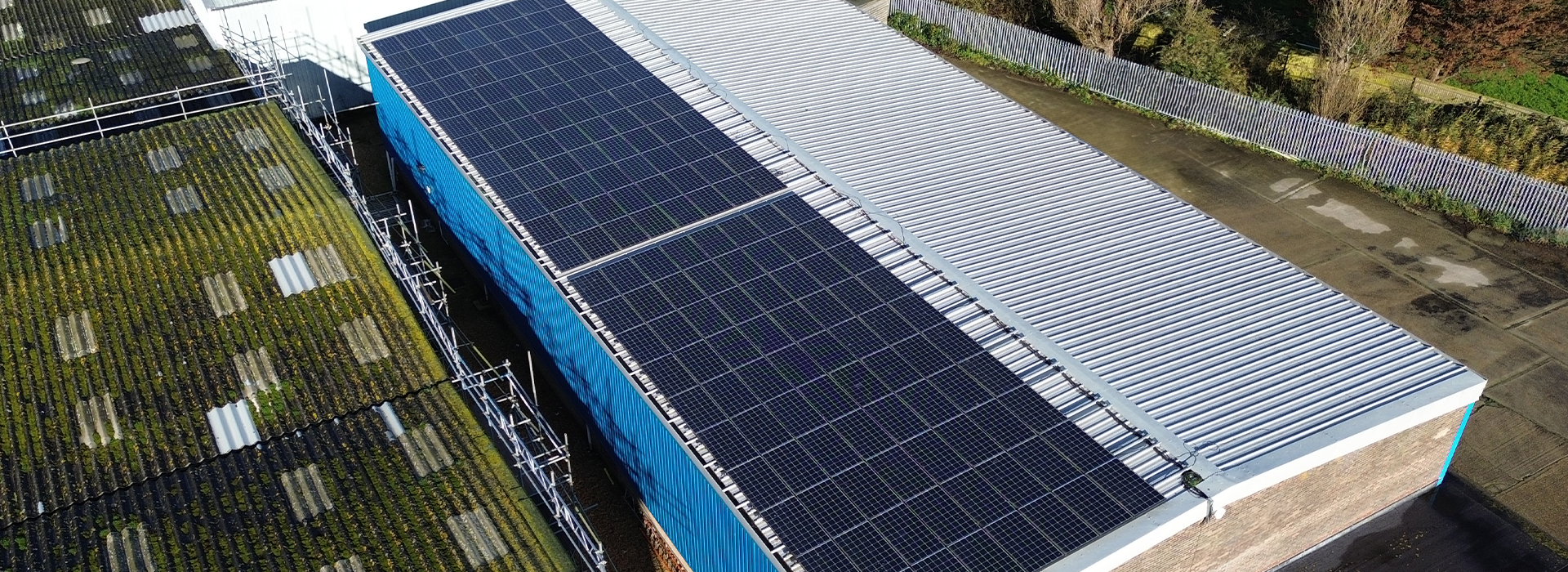In the United Kingdom, workplace safety is a paramount concern, and while measures like fire drills and first aid training often take the spotlight, there’s one crucial aspect that deserves equal attention – the regular testing of horizontal safety lines. These unassuming yet vital components of fall protection systems play a pivotal role in ensuring the safety of workers at elevated heights. Let’s delve into why testing horizontal safety lines every 6-12 months, depending on use, should be at the forefront of your priority list in the UK.
Compliance with UK Regulations
The Health and Safety Executive (HSE) in the UK sets stringent regulations and standards to ensure the safety of workers. Regular testing of fall protection equipment, including horizontal safety lines, is a fundamental aspect of compliance. By prioritizing the testing of these safety lines, businesses demonstrate their commitment to adhering to HSE guidelines, reducing the risk of legal consequences and ensuring a secure working environment.
Addressing Variable UK Weather Conditions
The UK is renowned for its unpredictable weather. From rain-soaked winters to scorching summers, horizontal safety lines are subjected to a wide range of weather conditions. Over time, exposure to such elements can contribute to wear and tear. Regular testing every 6-12 months enables businesses to identify and rectify any weather-induced damage, ensuring the lines remain resilient in the face of the UK’s diverse climate.
Ensuring Worker Safety in Diverse Industries
Whether it’s construction, maintenance, or any industry involving work at heights, horizontal safety lines are indispensable. Regular testing is particularly crucial in sectors where these lines are subjected to frequent use or harsh conditions. By customizing the testing frequency based on the intensity of use, businesses can proactively address potential issues, preventing accidents and safeguarding the well-being of their workforce.
Boosting Worker Confidence
The confidence of workers in the effectiveness of safety measures is paramount. Knowing that horizontal safety lines are regularly tested fosters a positive safety culture within the workplace. This confidence not only contributes to a more productive and efficient workforce but also ensures that employees feel secure in their work environment.
Preventing Downtime and Losses
Equipment failures can result in downtime and financial losses for businesses. Regular testing helps identify issues before they escalate, allowing for timely maintenance and repairs. This proactive approach minimizes disruptions to work processes and ensures that businesses can operate smoothly without compromising on safety.
Tailoring Testing Frequency to Specific Needs
Recognizing that different environments have varying demands, the recommendation of testing every 6-12 months allows for flexibility. High-traffic areas or those exposed to harsh conditions may benefit from more frequent testing, while less demanding environments can adhere to an annual testing schedule. This adaptability ensures that safety measures remain robust without causing unnecessary disruptions to business operations.
Conclusion
In the dynamic landscape of UK workplaces, ensuring the safety of those working at heights should be a top priority. Regular testing of horizontal safety lines is not just a legal requirement but a fundamental step towards creating a secure and reliable work environment. By prioritizing these tests, businesses in the UK can uphold the highest safety standards, protect their workforce, and contribute to a culture of well-being that resonates throughout the organization. After all, when it comes to heights, there’s no room for compromise – safety should always be at the forefront.



